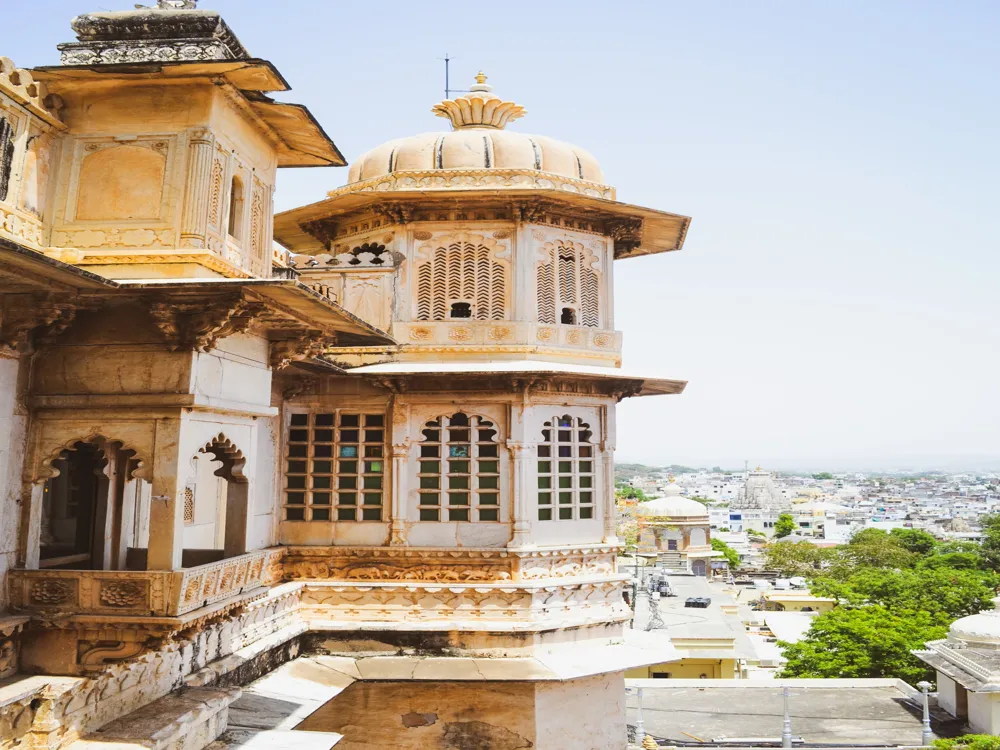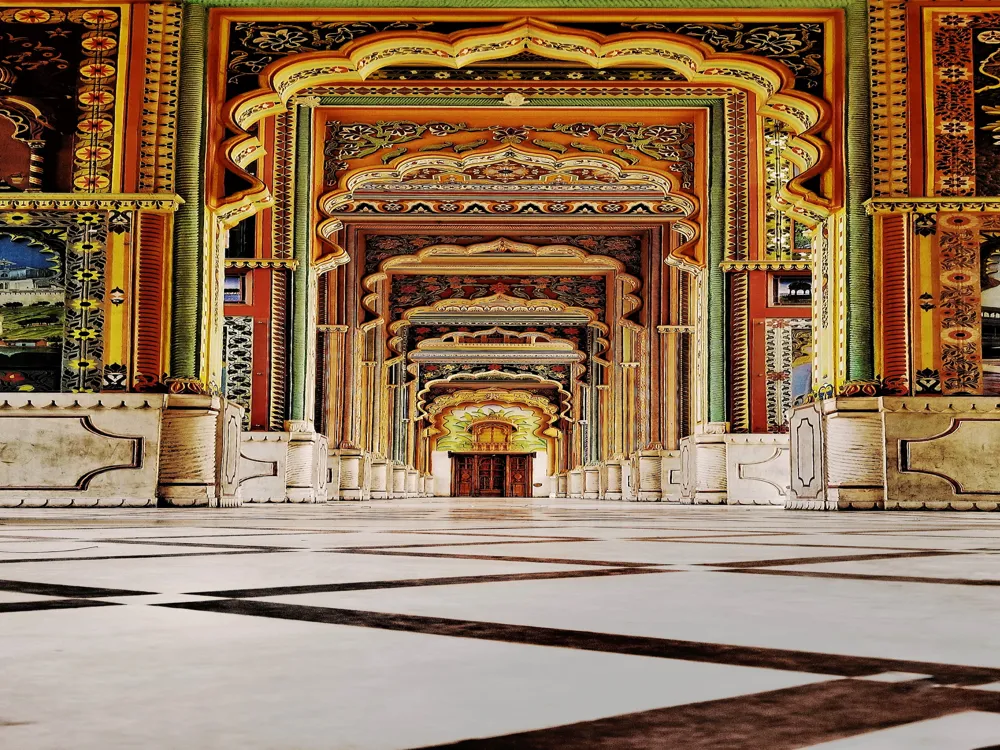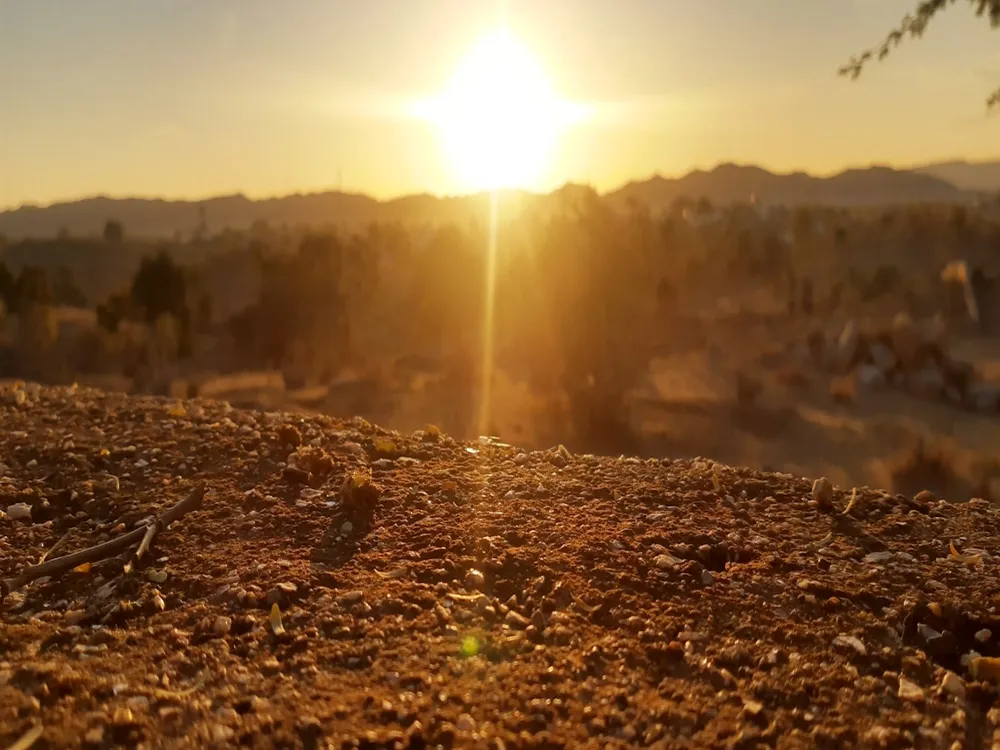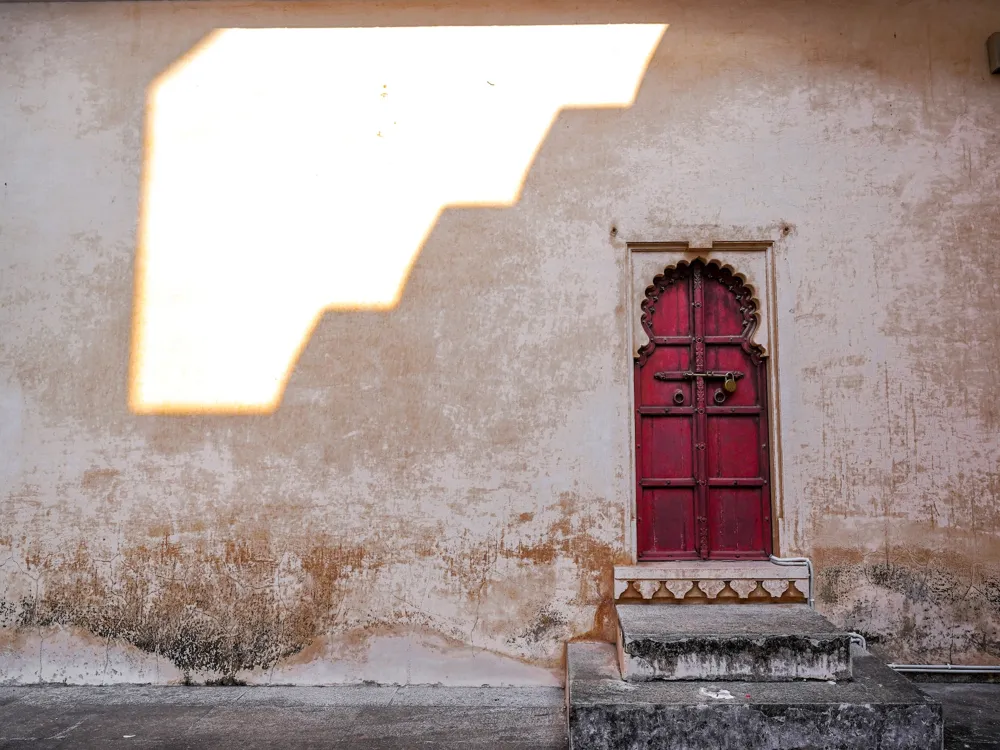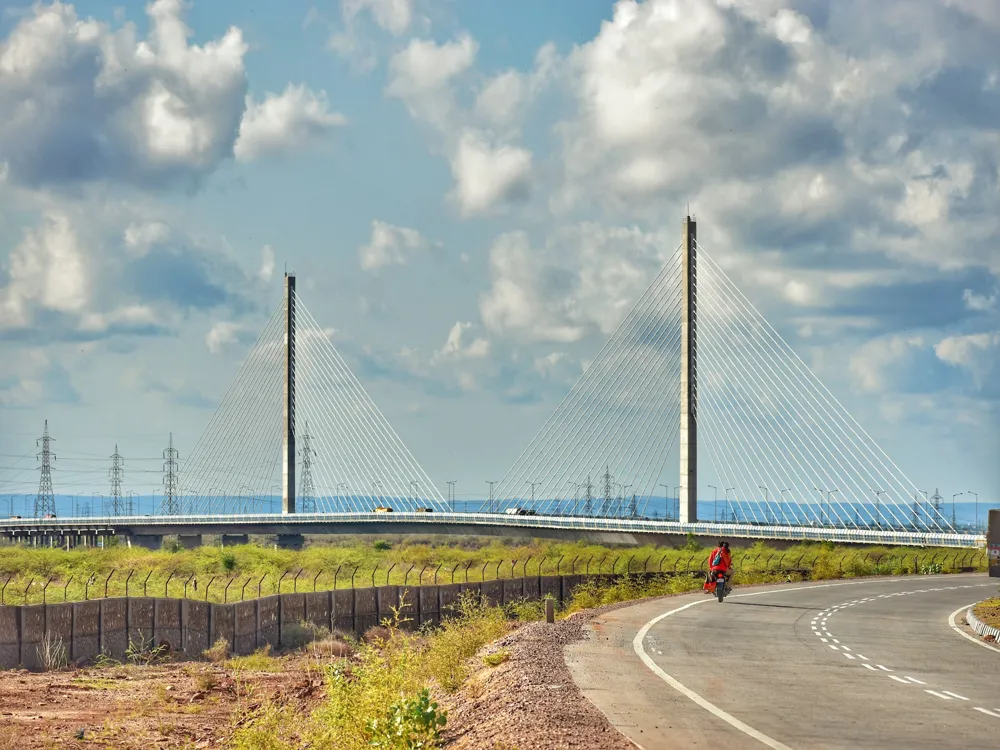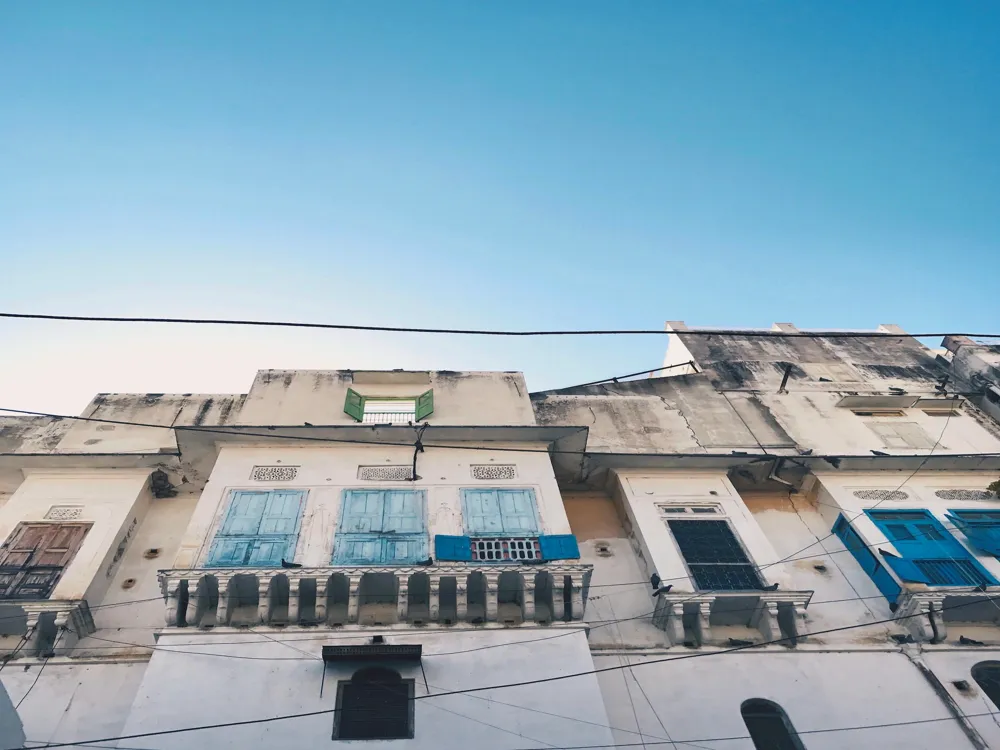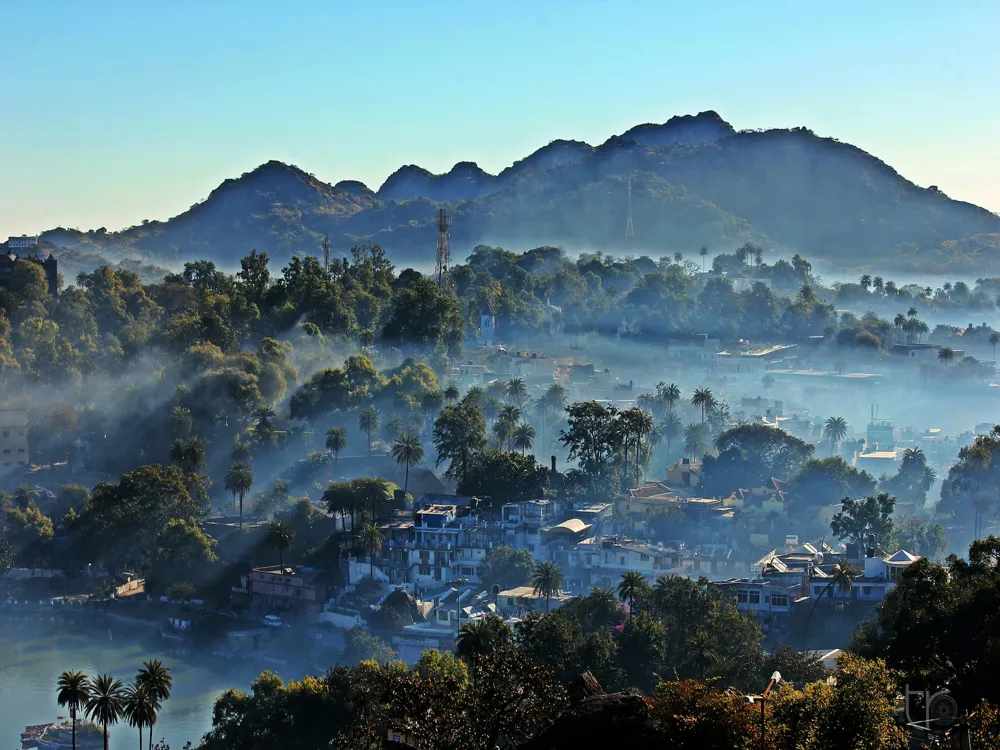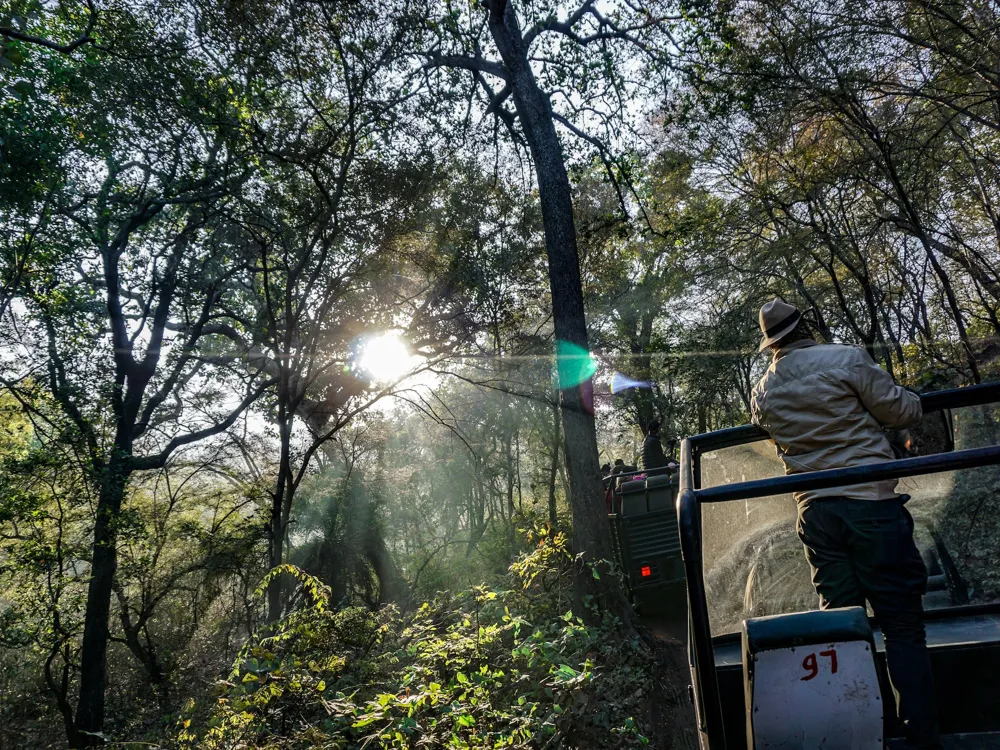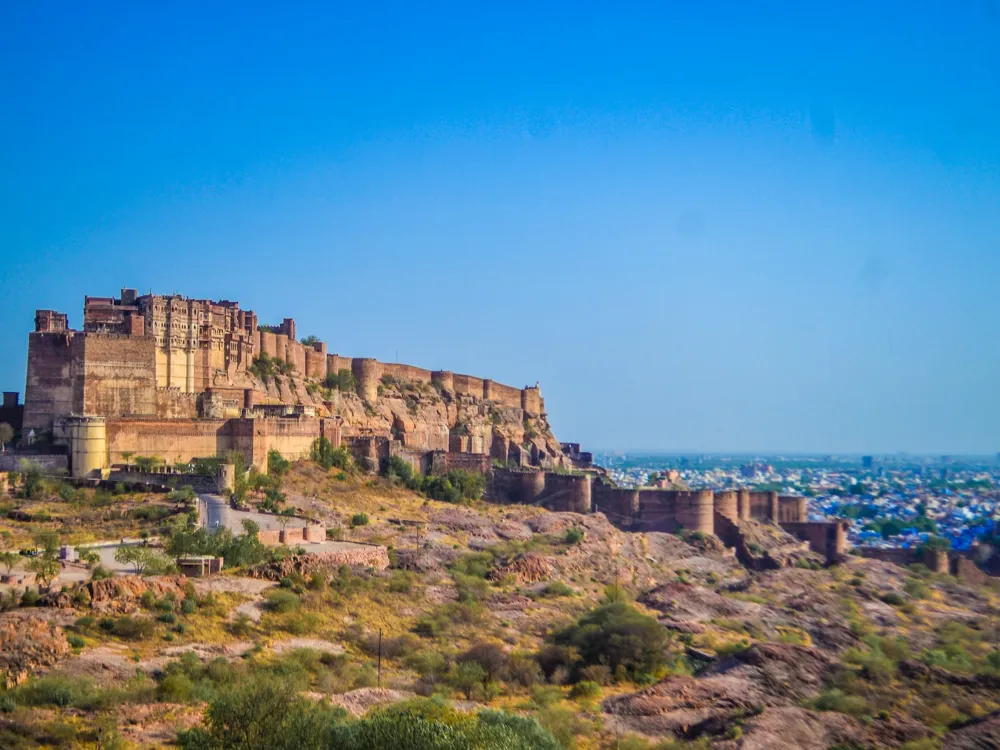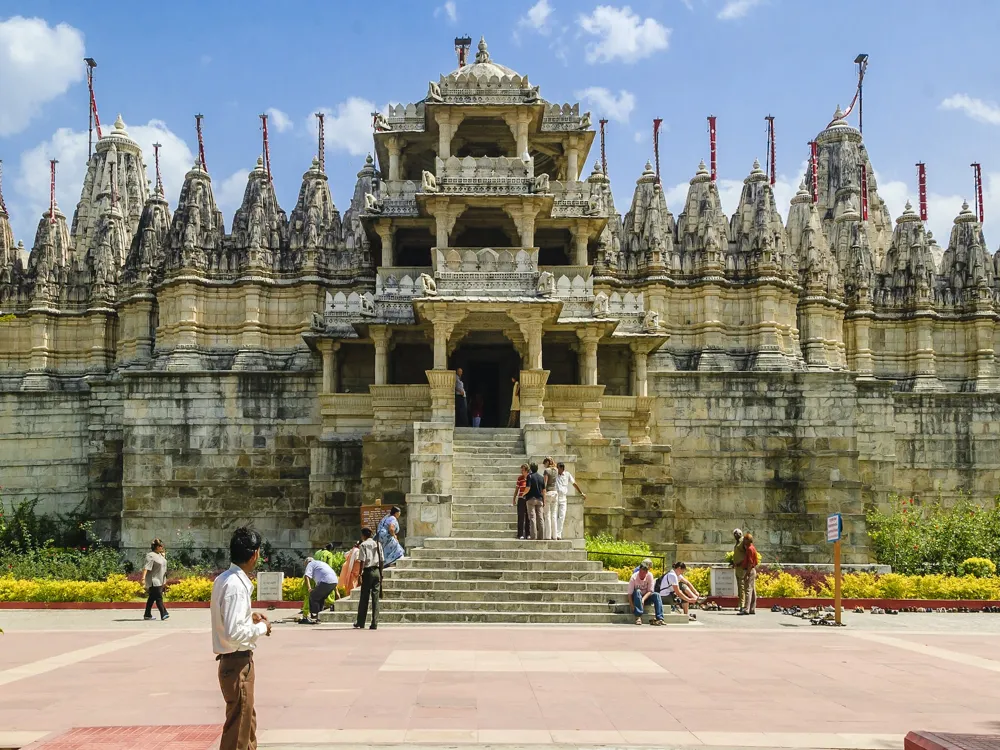Nestled in the heart of Rajasthan, Chittorgarh is a testament to India's rich history and architectural grandeur. Known for its massive fort, which stands as a symbol of bravery and resistance, Chittorgarh or Chittor, as it's often called, has witnessed some of the most significant events in Indian history. This historical city, with its blend of heroism, romance, and sacrifice, beckons travelers from all over the world to explore its ancient alleys and monumental ruins.
The history of Chittorgarh is steeped in legend and folklore. It is said to have been founded by the Maurya dynasty in the 7th century AD, although its prominence grew later during the reign of the Rajputs. The fort of Chittor, perched atop a hill, has seen three significant sieges, each marked by jauhar (mass self-immolation) by the womenfolk, to avoid capture and dishonor at the hands of invading forces. These tales of valor have been etched into the cultural fabric of Chittorgarh, making it a symbol of Rajput pride and honor.
Besides the fort, Chittorgarh is also famous for its vibrant festivals, especially the Mewar festival which celebrates the advent of spring. The city comes alive with music, dance, and a display of Rajasthani culture, offering a peek into the local life and traditions. Chittorgarh is not just a city; it's an experience that tells tales of bravery, love, and resilience, making it a must-visit for anyone interested in the saga of human spirit and architectural splendor.
The architecture of Chittorgarh is a magnificent reflection of its historical and cultural significance. The most prominent structure, the Chittorgarh Fort, sprawls majestically over a hill 180 meters high and spans an area of 700 acres. This fort is not just a fortress but a symbol of the Rajputana spirit, architectural ingenuity, and resilience.
The fort's construction dates back to the 7th century, and it has since undergone various modifications and expansions by different rulers. Its massive gates, known as 'pols', including the famous Ram Pol and Padan Pol, served as strategic defense mechanisms against invaders. Inside the fort lie palaces, temples, and towers that stand as silent witnesses to the history of Chittorgarh.
Among the fort's architectural marvels is the Vijay Stambh, or Victory Tower, erected by Maharana Kumbha in the 15th century to commemorate his victory over Mahmud Khilji. This nine-story tower, adorned with sculptures of Hindu deities, offers a panoramic view of the city. Another significant structure is the Kirti Stambh, dedicated to Adinath, the first Jain Tirthankara, reflecting the fort's inclusive nature, embracing different religions.
The fort also houses the Rana Kumbha Palace, the oldest monument, where it's believed that the warrior queen Padmini performed jauhar. The palace's architecture is a blend of defensive military structures and delicate artistic details, symbolizing the dual nature of Rajput kingdoms - war and beauty.
No less impressive are the Gaumukh Reservoir and the Meera Temple, both exemplary of the architectural and spiritual legacy of Chittorgarh. The former, a deep tank fed by a spring emanating from a carved cow's mouth, reflects the ingenious water conservation systems of the era. The latter, dedicated to the saint-poetess Meerabai, is an epitome of Rajput devotion and temple architecture, with its intricate carvings and serene ambience.
The architectural journey of Chittorgarh doesn't end here. Each alley, each ruin, each stone of this city tells a story, a saga of a glorious past that blends seamlessly with the present, waiting to be explored and admired by history enthusiasts and architecture lovers alike.
The ideal time to visit Chittorgarh is from October to March when the weather is pleasant. Summers can be extremely hot, making it challenging to explore the outdoor attractions.
Chittorgarh offers a range of accommodations from luxury hotels to budget stays. It is advisable to book in advance, especially during peak tourist seasons and local festivals.
Don't miss out on the local Rajasthani cuisine, especially dishes like dal baati churma and laal maas. The city also offers a variety of street foods that reflect the local flavors.
Rajasthan is rich in culture and tradition. Dress modestly, and be respectful towards local customs and practices, especially when visiting religious sites.
Opting for a guided tour can enhance your experience, providing insights into the fort's history, legends, and architecture that you might otherwise miss.
Chittorgarh is well-connected by road, rail, and air. The nearest airport is Maharana Pratap Airport in Udaipur, about 90 km away. The city is also well-connected by train to major cities like Jaipur, Delhi, and Mumbai. By road, Chittorgarh is accessible via National Highway 27, making it an easy drive from neighboring cities and states.
Overview of Chittorgarh, Rajasthan
Architecture of Chittorgarh
Tips When Visiting Chittorgarh
Best Time to Visit
Accommodations
Local Cuisine
Respecting Local Culture
Guided Tours
How To Reach Chittorgarh
Sathis Deori Temple
Chittorgarh
Rajasthan
₹ 9,200 onwards
View chittorgarh Packages
Weather :
Tags : Temple
Timings : 9:30 AM - 6:30 PM
Time Required : 1-2 hours
Entry Fee : Included in the entry to Chittorgarh Fort
Indian Citizens: INR 15
Foreign Nationals: INR 200
Planning a Trip? Ask Your Question
Chittorgarh Travel Packages
View All Packages For Chittorgarh
Top Hotel Collections for Chittorgarh

Private Pool

Luxury Hotels

5-Star Hotels

Pet Friendly
Top Hotels Near Chittorgarh
Other Top Ranking Places In Chittorgarh
View All Places To Visit In chittorgarh
View chittorgarh Packages
Weather :
Tags : Temple
Timings : 9:30 AM - 6:30 PM
Time Required : 1-2 hours
Entry Fee : Included in the entry to Chittorgarh Fort
Indian Citizens: INR 15
Foreign Nationals: INR 200
Planning a Trip? Ask Your Question
Chittorgarh Travel Packages
View All Packages For Chittorgarh
Top Hotel Collections for Chittorgarh

Private Pool

Luxury Hotels

5-Star Hotels

Pet Friendly












